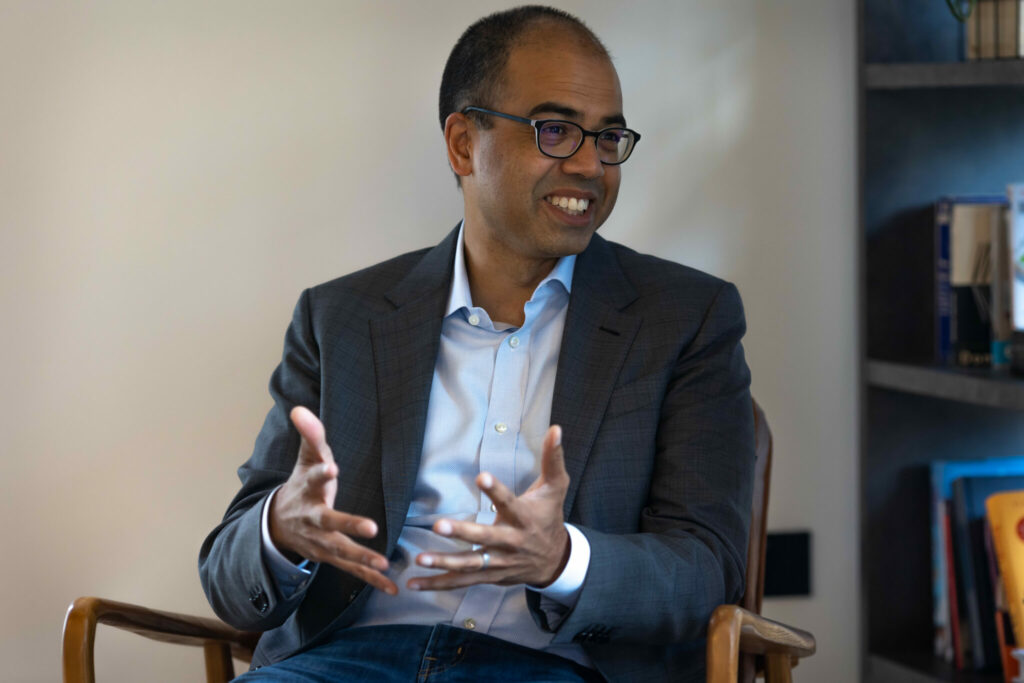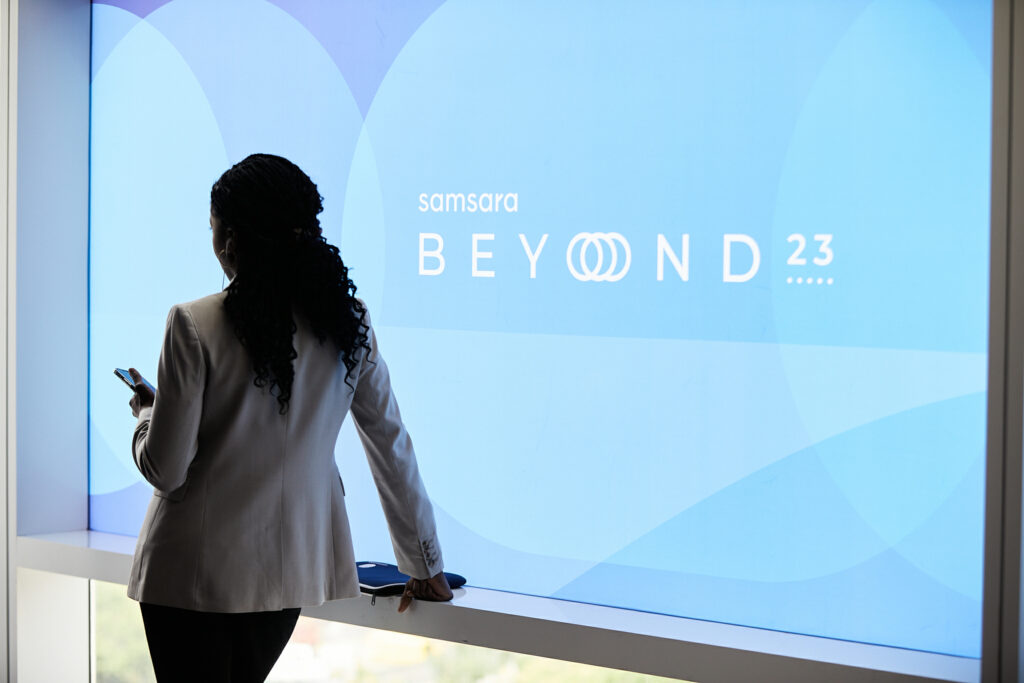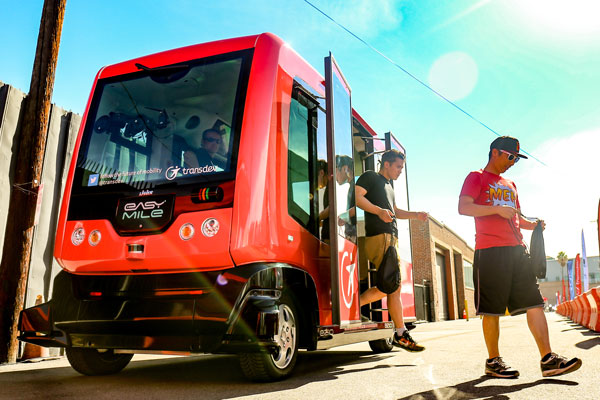With sustainability climbing further on companies’ agendas, industries like transportation are facing the significant emissions footprint of their operations. Many seek smarter technological ways to gain an advantage and progress on their way to decarbonization; for example, one of the biggest priorities for global consulting firm McKinsey is to become the largest private sector catalyst for decarbonization.
In tune with this, Mike Thompson, senior partner at McKinsey & Company shared during a recent sustainability roundtable hosted by Samsara that post-pandemic, the firm has seen a huge amount of decarbonization demand from logistics clients, especially as the contribution to global greenhouse gas emissions by transportation “ranges anywhere from eight to 12 percent”.
“And a lot of that’s road freight, ocean freight, air freight. If you think about any shipper’s perspective, they can’t get to net zero without tackling transportation, including from scope one to scope three,” Thompson explains.
Similarly, for a large logistics company like DHL with about 600,000 workers operating about 300 aircraft and more than 100,000 road vehicles, it was becoming challenging to manage its fleet as efficiently, considering the variety of vehicles and their entire operational profile.
“Every single of these types of equipment has a different operational profile,” Stephan Schablinski, VP GoGreen North America at DHL Supply Chain, explained in the same roundtable. “And we need to understand which vehicle is deployed best for a given operation. We need data and, ideally, intelligence to help our fleet and asset managers to understand where to deploy which of these equipments best, so that it does the job that it needs to do.”
Despite previous research from IoT disruptor Samsara claiming over half (55 percent) of physical operations leaders surveyed in the UK and Ireland could have a hybrid or electric fleet by 2025, rising from 42 percent in 2023, electric vehicles (EVs) will continue operating within their constraints for the foreseeable future.
Schablinski expressed hopes of the technology and charging infrastructure for EVs to catch up, but in the meantime, he said: “We all wish that an electric vehicle will one day behave exactly like a diesel vehicle – that it will have the same range, it won’t take hours to recharge, it wouldn’t need specific training, that you’d find fueling stations everywhere in the country.
“But this is not yet the case for these vehicles. So that means electric vehicles react very differently to operational changes.”
Current fleet specifics require an analysis of hundreds of thousands of data records to find the current capabilities of an EV. This is where advances in technology enabled by Samsara can help operators collect all this data and apply logic as part of an algorithm to understand and assess whether something can work for a given vehicle or given operation.
As part of Samsara’s journey to connecting the world of physical operations like logistics, construction, energy, utilities, local governments and solid waste management, smarter solutions are offered with priorities focusing on safety. This is crucial considering the huge amount of frontline workforces who are in harm’s way as they do their job.
Also key is efficiency in helping answer some pretty difficult questions. According to Sanjit Biswas, CEO and co-founder of Samsara, some of these questions revolve around: “How do we understand which vehicles can be transitioned to new technologies like electric or hybrid fuels? How can we replan our routes to maybe serve customers a little bit differently in a way that’s more sustainable and ultimately reduces carbon footprint? And how do you integrate it really into those day-to-day operations?”
Highlighting another big problem around fleet management being solved – the uncertainty whether previous fleet use cases are going to work for electrification – Thompson explains that the advancement of telematics data, whether from Samsara or the broader industry, now allows for a real network optimization.
“By using a digital twin, you can simulate your network going forward and drive real network optimization. Previously it was an unsolvable problem because the optimization was a theoretical one. Now you can actually simulate failure modes, and simulate exact service levels.
“In simulating those things, you can make real operational decisions with a fact-based mind that you weren’t able to have before when you didn’t have all this telematics-enabled fleet across your operations,” McKinsey’s Thompson said.
As the industry advances further and it becomes easier for organizations to manage mixed fleets, Biswas envisions that over the next five years we will see almost every major fleet go through this experimentation process and figure out what is right for them and what is practical, as based on workload and vehicle type.
“But I would be very surprised if, coming to 2028, most fleets have not deployed some fraction of EVs where it makes sense for them and done that in a data-driven, practical sort of way,” the CEO predicts.




